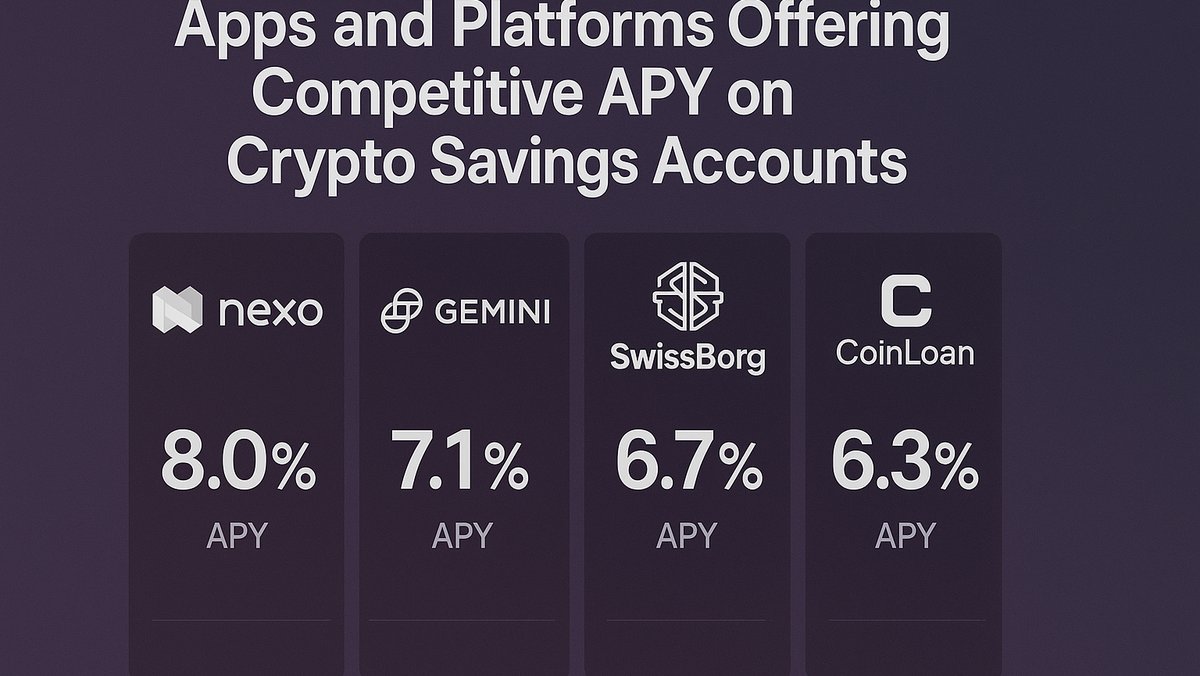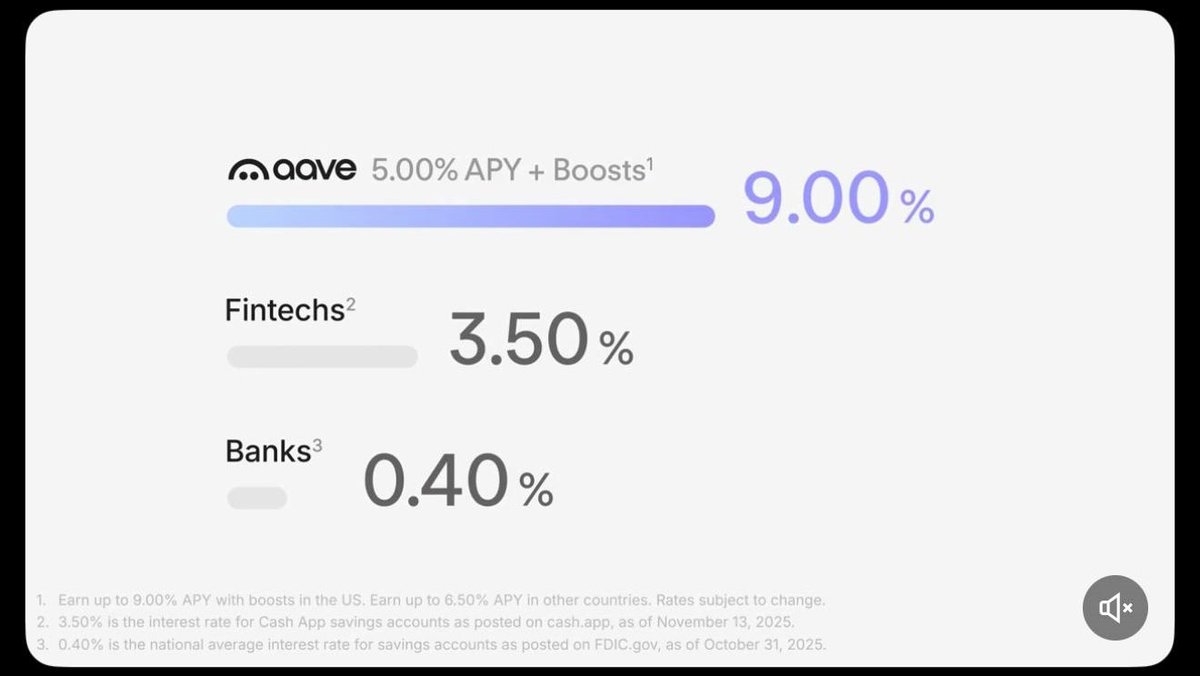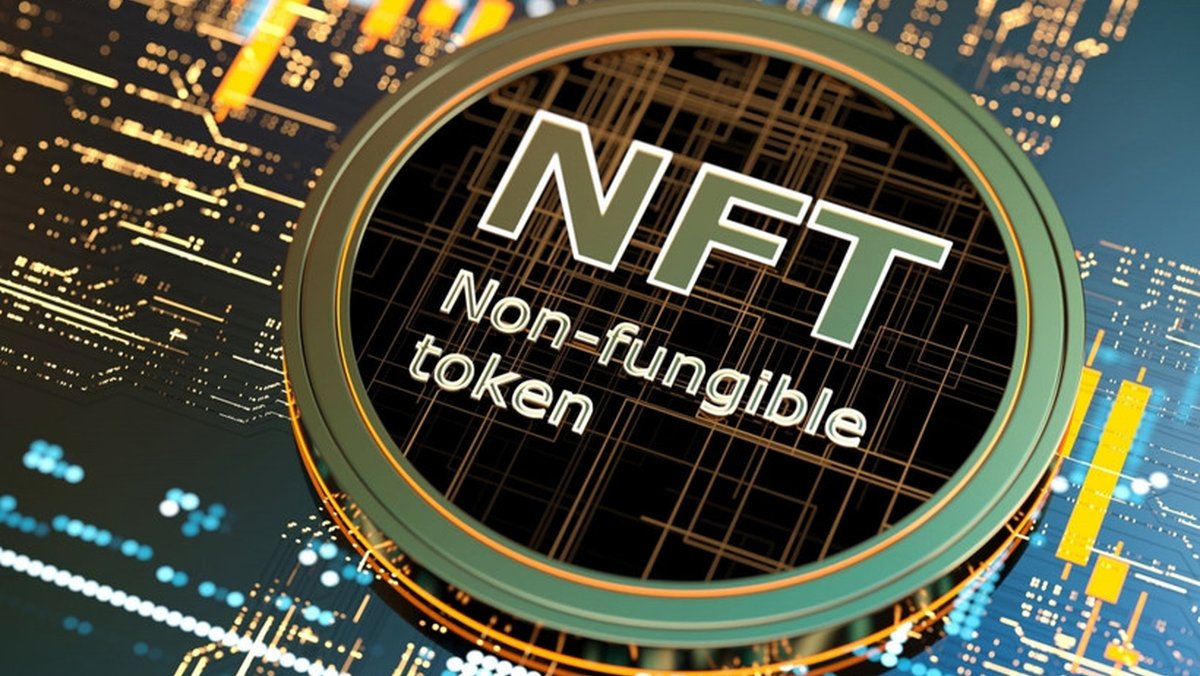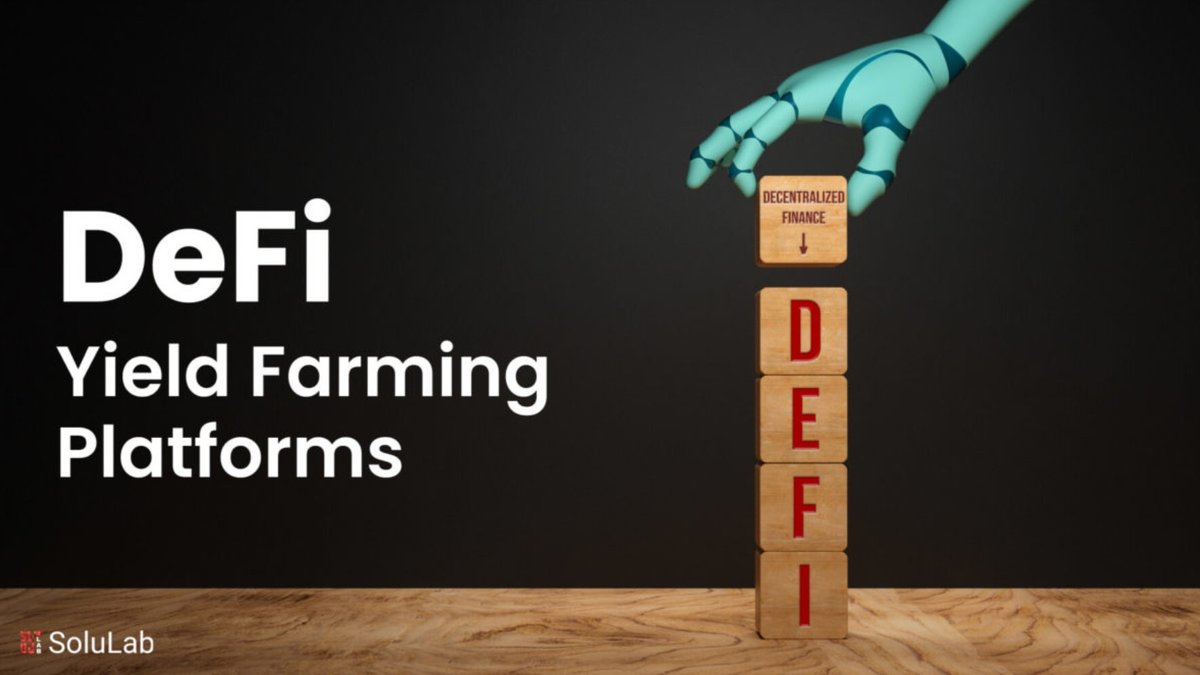Crypto Savings Accounts: Earning Interest on Digital Assets
As the cryptocurrency industry matures, investors are increasingly searching for ways to put their idle assets to work. One of the most promising solutions is the crypto savings account—a financial product that allows users to deposit digital currencies and earn competitive annual percentage yields (APY). Unlike traditional savings accounts offered by banks, these products rely on blockchain infrastructure, lending markets, and liquidity pools to generate returns. For both retail and institutional investors, crypto savings accounts provide a bridge between conventional finance and decentralized innovation.
What Are Crypto Savings Accounts?
A crypto savings account is a platform-based service where users deposit cryptocurrencies such as Bitcoin, Ethereum, or stablecoins and receive interest over time. These accounts are typically powered by either centralized finance (CeFi) companies like Nexo or BlockFi, or decentralized finance (DeFi) protocols such as Aave and Compound. The interest comes from lending deposited funds to borrowers, market-making in liquidity pools, or staking mechanisms.
Top Platforms Offering Crypto Savings Accounts
1. Nexo
Nexo provides a user-friendly app with yields up to 12% on stablecoins and slightly lower rates for Bitcoin and Ethereum. It also integrates credit lines, allowing users to borrow against their assets without selling them.
2. Crypto.com
Crypto.com offers flexible and fixed-term savings accounts with competitive APYs, especially for users staking CRO tokens. The platform has global reach and combines savings with additional features like a Visa debit card.
3. Aave
Aave is a leading DeFi protocol that enables non-custodial deposits into liquidity pools. Interest rates fluctuate based on supply and demand, but Aave provides transparency and decentralization unmatched by CeFi platforms.
4. BlockFi
Although it has faced regulatory challenges, BlockFi remains one of the earliest providers of crypto interest accounts. It caters primarily to U.S.-based users and offers relatively simple interest-bearing products.
5. Celsius (Under Restructuring)
Celsius once dominated the CeFi savings space but faced bankruptcy proceedings. Its case illustrates the risks involved in custodial lending models, highlighting the importance of regulatory oversight and transparency.
Benefits of Crypto Savings Accounts
- High Yields: APYs often range between 4–12%, significantly higher than traditional bank accounts.
- Accessibility: Users can deposit small amounts, making these products inclusive.
- Flexibility: Options include flexible savings, fixed terms, and multi-asset deposits.
- Diversification: Investors can spread funds across stablecoins, Bitcoin, altcoins, and even tokenized assets.
Risks and Considerations
Despite attractive yields, crypto savings accounts carry risks:
- Custodial Risk: With CeFi platforms, users must trust the company to safeguard funds.
- Regulatory Uncertainty: Many jurisdictions are still defining rules for interest-bearing crypto products.
- Market Volatility: In DeFi, yield rates can fluctuate dramatically depending on liquidity demand.
- Counterparty Risk: Borrower defaults or liquidity crises can affect payouts.
CeFi vs. DeFi Savings Accounts
CeFi platforms often provide predictable rates and customer support, but they require trust in a centralized entity. DeFi protocols, on the other hand, rely on smart contracts for transparency and non-custodial control, but users must manage their own private keys and navigate more complex interfaces. Both models have merits, and many investors diversify between the two.
Future Outlook
The future of crypto savings accounts is tied to regulatory clarity, institutional adoption, and technological advancements. As traditional banks begin experimenting with blockchain-based interest products, competition will likely drive innovation. Integration of insurance, proof-of-reserve audits, and hybrid CeFi–DeFi models will play a critical role in expanding trust and adoption.
Conclusion
Crypto savings accounts represent a powerful tool for generating passive income in the digital economy. While they provide attractive yields and diversification opportunities, investors must remain mindful of risks and conduct due diligence. By balancing custodial trust, technological awareness, and market research, individuals can leverage these accounts to enhance their long-term wealth strategies.
Further Reading and Resources
Best Crypto Apps | Crypto Insurance | Crypto
Frequently Asked Questions
What is a crypto savings account? A service that lets users deposit digital assets and earn interest over time, similar to a bank savings account but powered by blockchain.
How safe are crypto savings accounts? Safety varies by provider. CeFi platforms carry custodial risks, while DeFi platforms depend on smart contract security. Users should research thoroughly before depositing funds.
Which cryptocurrencies can I deposit? Most platforms support Bitcoin, Ethereum, stablecoins like USDC and USDT, and select altcoins.
Are interest rates fixed? In CeFi, APYs are often stable, while DeFi yields fluctuate based on supply-demand dynamics.
Who should use crypto savings accounts? Long-term holders seeking passive income on idle crypto assets while accepting some degree of market and custodial risk.







